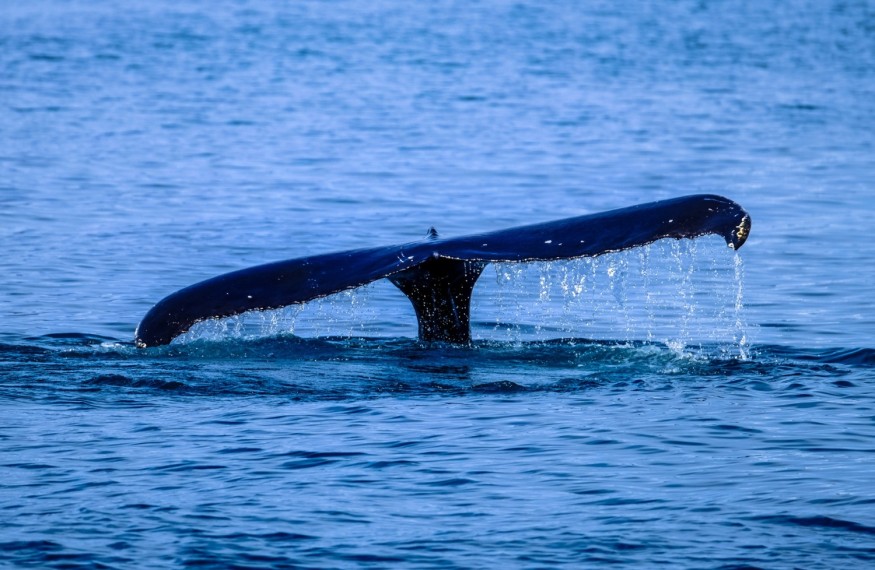People often think that seismic waves are signals of tectonic events. However, these vibrations help scientists get a clear picture of the Earth's internal structure. By observing the shifts in vibrations as they encounter different materials, researchers can picture where different rock layers meet, where rocks become molten, and more.

Some methods used before to generate seismic waves were to set off explosives or use powerful sound-making devices. However, Vaclav Kuna & John Nabelek from Oregon State University says that scientists should wait for a fin whale to float by. Using the songs of passing whales, researchers will be able to reconstruct the upper layers of the seafloor off the coast of Oregon.
Fin Whale and Their Calls
Balaenoptera physalus, commonly known as fin whales, reside mostly in Alaska, Mid-Atlantic, Southeast, Pacific Islands, and the West Coast can grow up to 85 feet and weigh roughly 80 tons. With lifespans that can reach 90 years old, the second-largest whale species fell prey to commercial whaling.
Today there are roughly 82,200 fin whales in the southern hemisphere.
These massive aquatic mammals' songs can reach up to 189 Decibels or 20Hz, which resembles a series of clicks or as loud as large ships. Because of this, seismic instruments easily detect the sound waves in each song, just like how they can detect pulsed from the earth or ship-based surveys.
When sound waves traveling through the ocean meets the ground, some of the sound waves are converted into seismic waves. And these can help scientists see what's underground since penetrating waves bounce off different rock layers.
By analyzing seismic waves from fin whale songs, researchers are able to estimate the thickness of each layer. Changes in its speed would reveal what rock types have come in contact with each seismic wave.
The whale calls recorder was luckily within range of various underwater seismographs placed by researchers on the ocean floor on the west coast of Oregon.
Studying Whale Calls And Seismic Waves
A study published in the journal Science of February 12 shows that echoes recorded in the Pacific Ocean reveal classic ocean crust structures beneath three sties along the fin whale's swim path: sediment layers that range from 400-650 meters thick on top of a 1.8-kilometer thick layer of basalt rock. Researchers found that beneath the basalt rock lies a dense oceanic rock known as gabbro. These findings suggest that fin whale songs can be effective tools in studying the seafloor.
Although there are complicated topographies where whale songs might not be as effective, researchers believe that they can amplify the fin whale songs by using different whales with higher-frequency songs, specifically sperm whales that would hypothetically be able to surpass the challenges.
RELATED STORY : Study on Weedy Seadragon Genes Reveal Different Populations
Check out more news and information on Marine Biology on Science Times.












